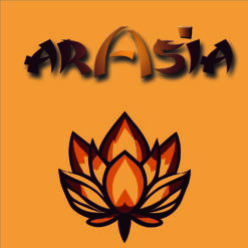The kingdom of Thailand is renowned for its vibrant culture, highly developed craftsmanship, and profound spirituality. Situated in Southeast Asia, Thailand, also known as the ‘Land of Smiles,’ is home to over 68 million people, known for their hospitality!
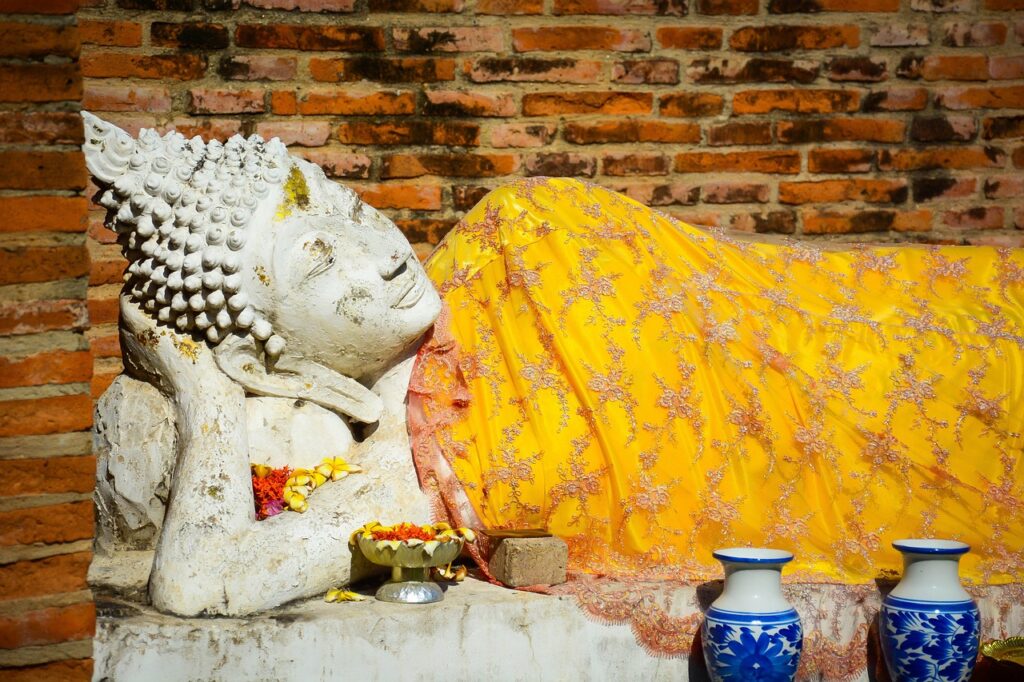
History
The former name of Thailand is the ‘Kingdom of Siam.’ Its rich and complex history dates back to antiquity, with kingdoms such as Sukhothai and Ayutthaya flourishing from the 13th to the 18th century.
Thailand has consistently maintained its independence against neighboring empires like the Khmers and the Burmese, as well as against European colonial powers.
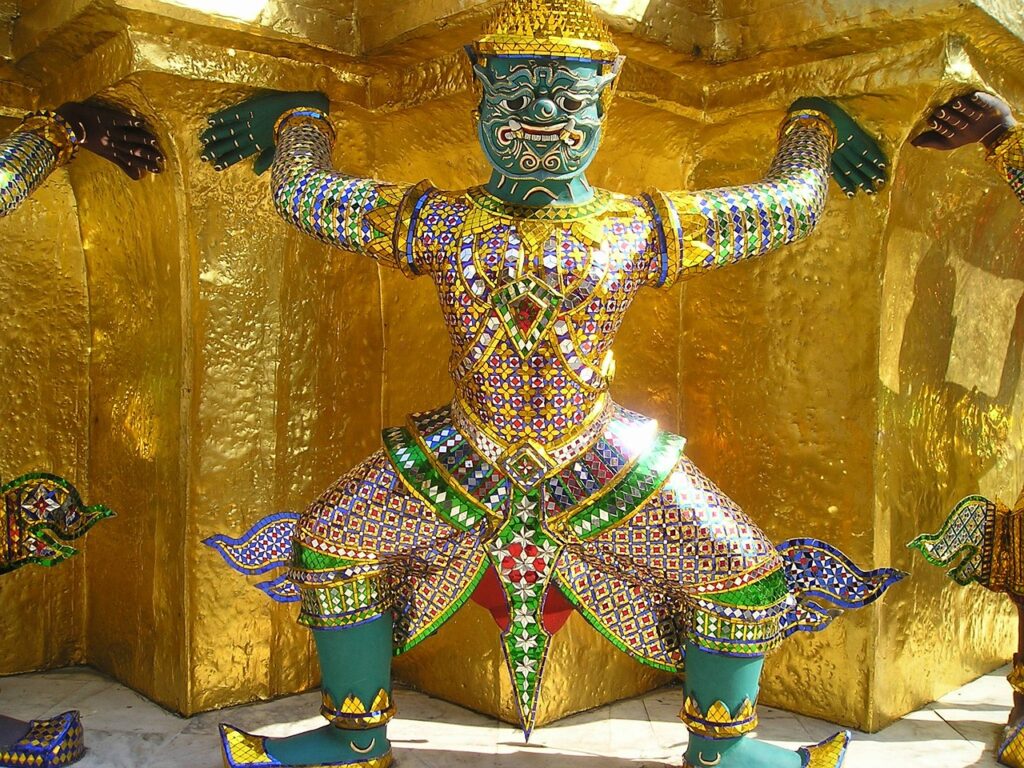
In 1782, Rama I established the Chakri dynasty in Bangkok, laying the foundation for the present reigning dynasty.
Today, Thailand is an endearing country with a rich culture, a developing economy, and global tourist appeal, all while facing modern challenges and striving to balance tradition and modernity.
Buddhist Calendar
The Buddhist calendar, based on lunar cycles, is widely used in Buddhist countries like Thailand, Sri Lanka, Cambodia, Laos, and Myanmar. Its starting point is the death (or passage into Nirvana) of Siddhartha Gautama Buddha.
In practice, 543 years need to be added to our calendar to obtain the current year in the Buddhist calendar (so, in 2023, we are in the year 2566 or 2567 B.E. for Buddhist Era).
Language
The official language is Thai, spoken by the majority of the Thai population and used in some neighboring countries due to Thailand’s cultural and economic influence.
Thai has borrowed words and expressions from other languages, notably Sanskrit, Pali, Chinese, English, and other regional languages.
It’s a tonal language: the meaning of words can vary based on the tone used during pronunciation. There are five different tones in Thai (high, low, rising, falling, and mid-level).
Thai Alphabet
The Thai alphabet is a complex and unique writing system. It is written from left to right, and words are separated by spaces. The order of diacritical marks is specific; they are placed around the base consonant to form a complete syllable. Tone marks are used to indicate the syllable’s tone.
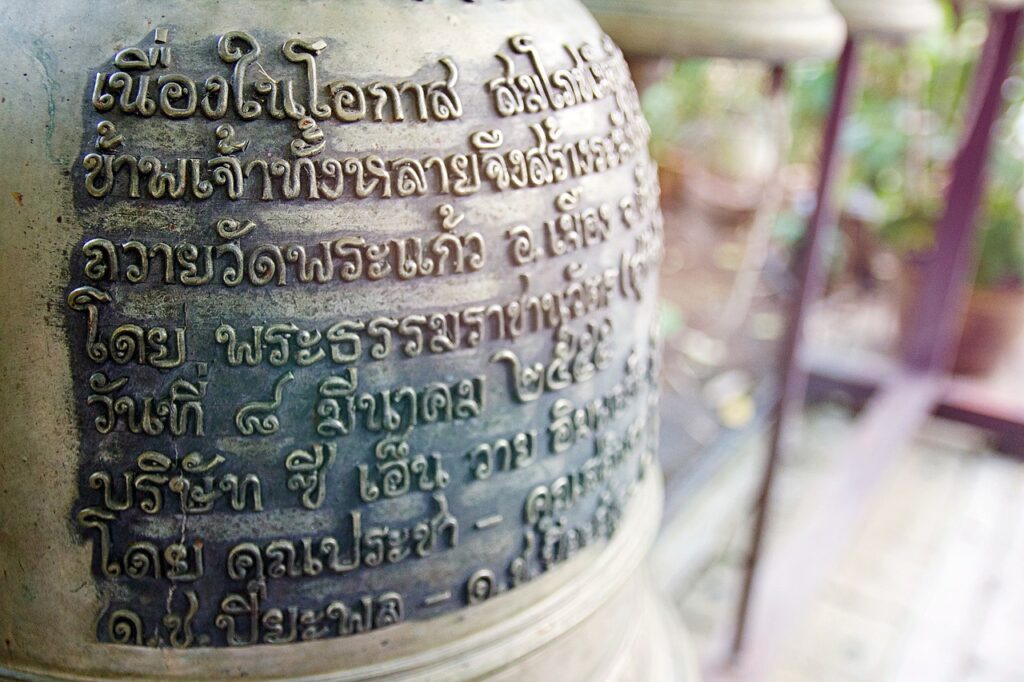
The Thai alphabet might seem complex, but with practice and perseverance, it is possible to learn to read, write, and speak Thai. This learning experience can be rewarding and provides a deep understanding of the country’s culture and history.
Hospitality
Thais are known for their friendliness and hospitality towards visitors. Extending a warm welcome to foreigners is an important value in Thai culture.
Monarchy and Respect
The monarchy is a revered institution in Thailand. The king is regarded as a symbol of unity and stability. Respect for the monarchy is deeply embedded in Thai culture.
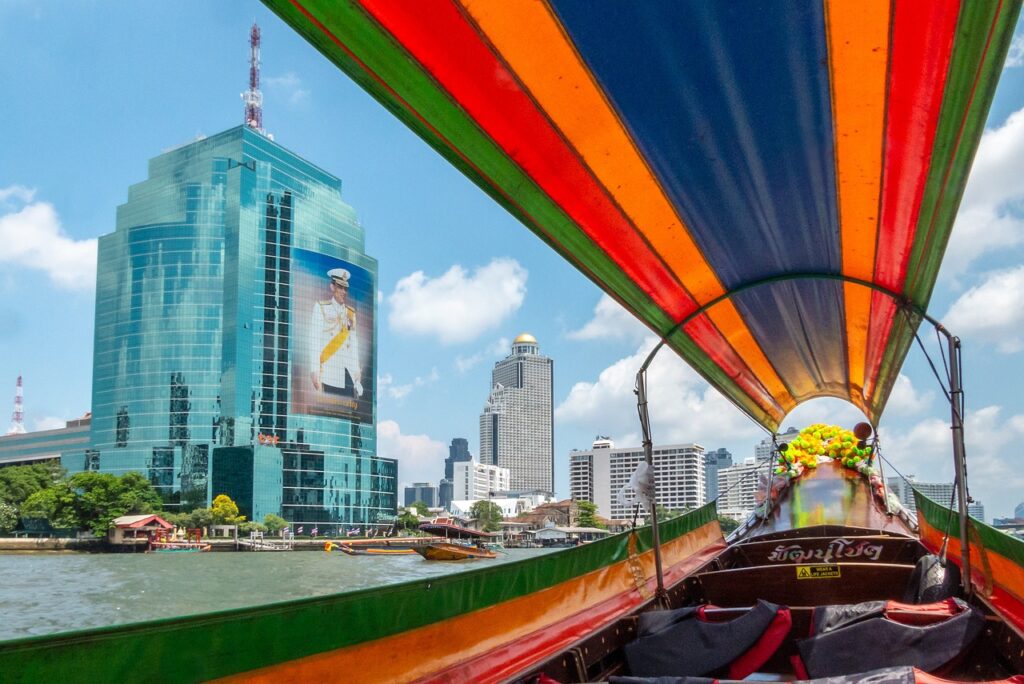
Social Hierarchy
Notions of respect and hierarchy hold significant importance in Thai culture. Thai people place great emphasis on demonstrating respect towards their elders and figures of authority.
Religion and Spirituality
Theravada Buddhism is the predominant religion in Thailand. Religious ceremonies, offerings, and Buddhist rituals are integral parts of daily life in Thailand.
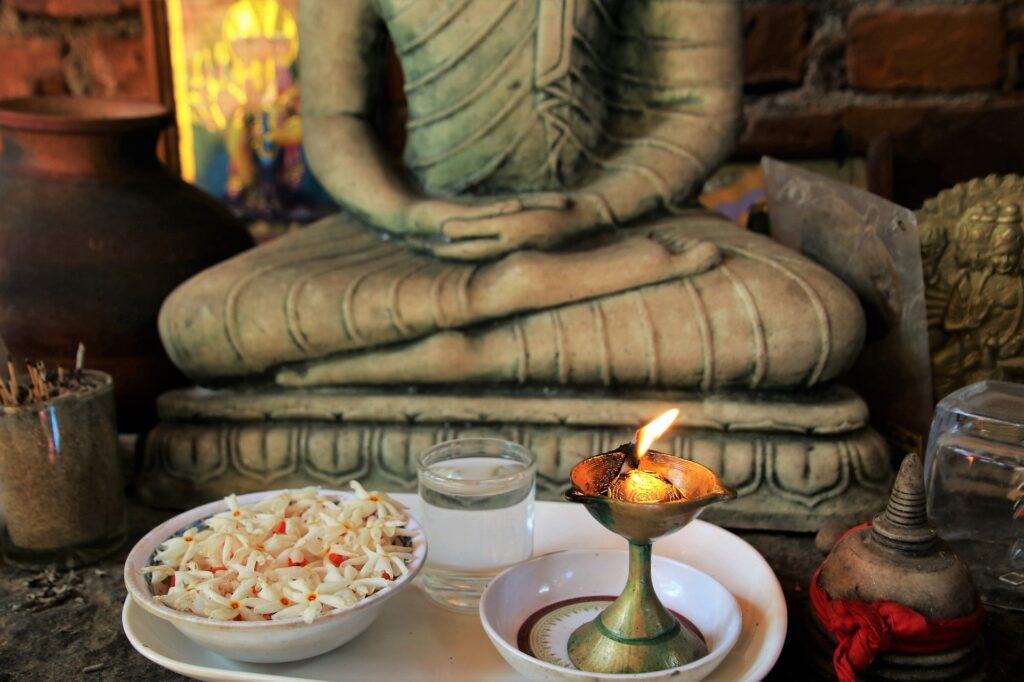
These offerings are diverse and include incense, candles, flowers, food, water, precious items, as well as music and chants.
Monastic Life
Monks play a significant role in the community by offering teachings and spiritual guidance to the faithful. They also conduct blessing ceremonies for special occasions such as weddings.
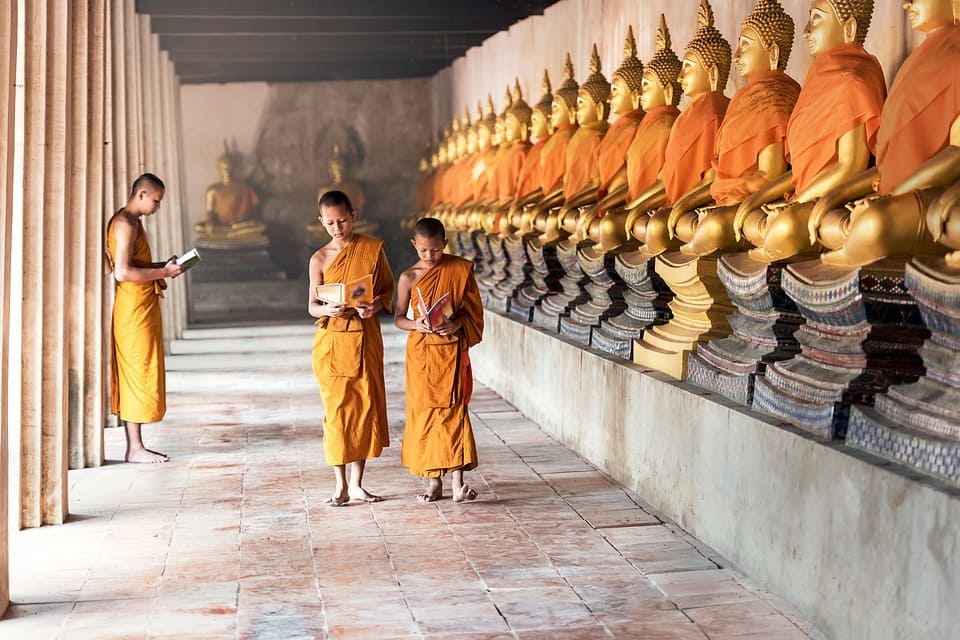
This experience in monastic life is seen as a way to accumulate merit and deepen one’s understanding of Buddhism.
Spirit Worship
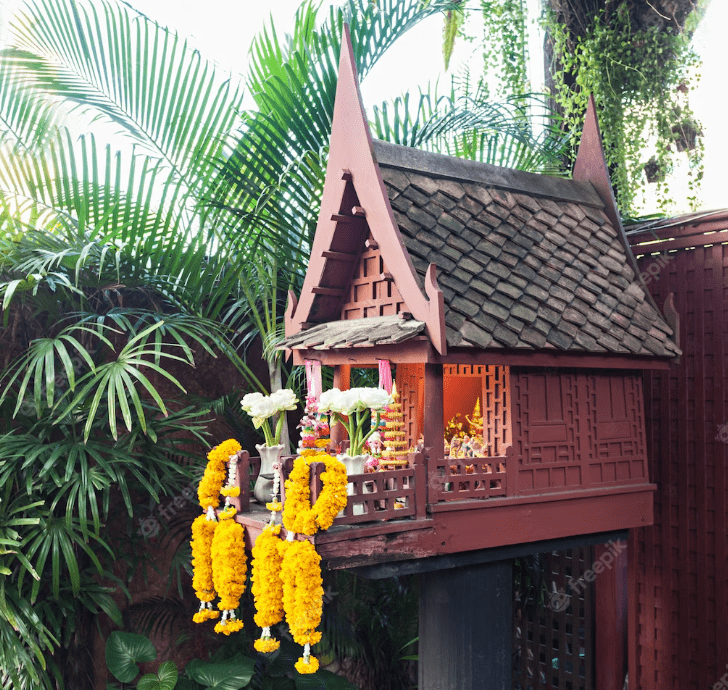
Thai culture is infused with Buddhist traditions as well as ancestral animistic practices. Thais believe that spirits reside in the skies, trees, rivers, and the sea, and they worship these spirits in spirit houses, dedicated temples and shrines, and in nature. Spirits are believed to have a significant influence on the fortune and destiny of families and individuals.
Temples in Thailand
Thailand is renowned for its magnificent temples, known as “wats” in Thai. Buddhist temples serve as important spiritual and cultural centers.
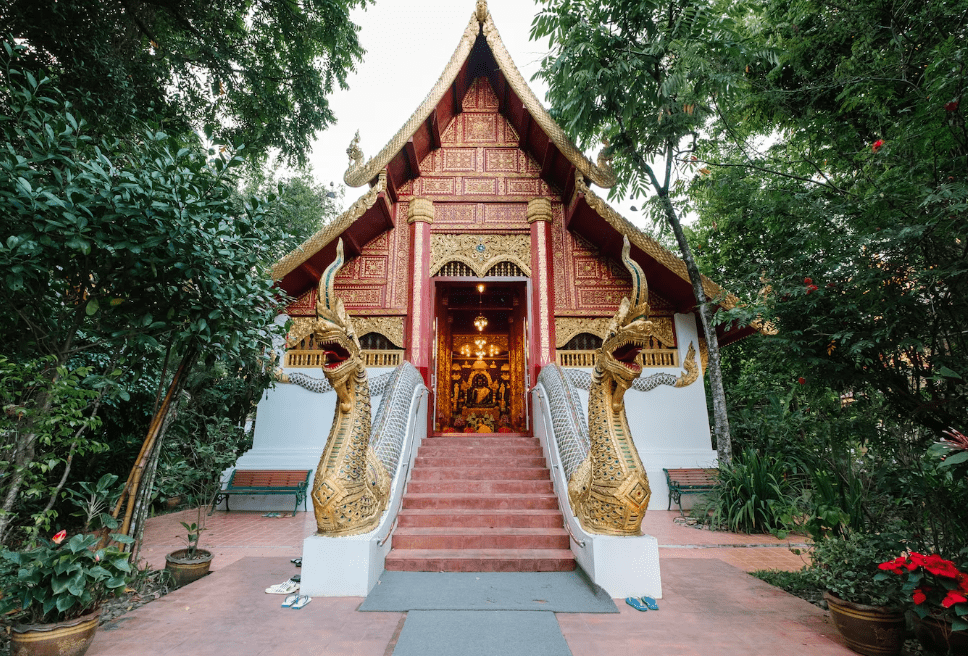
In Bangkok, we recommend visiting Wat Phra Kaew, situated within the Grand Palace complex, which houses the revered Emerald Buddha, a highly venerated religious statue. Wat Pho and Wat Arun are also must-visit temples in the capital. Less known, Wat Pariwat, located away from typical tourist routes, is a personal favorite of mine!
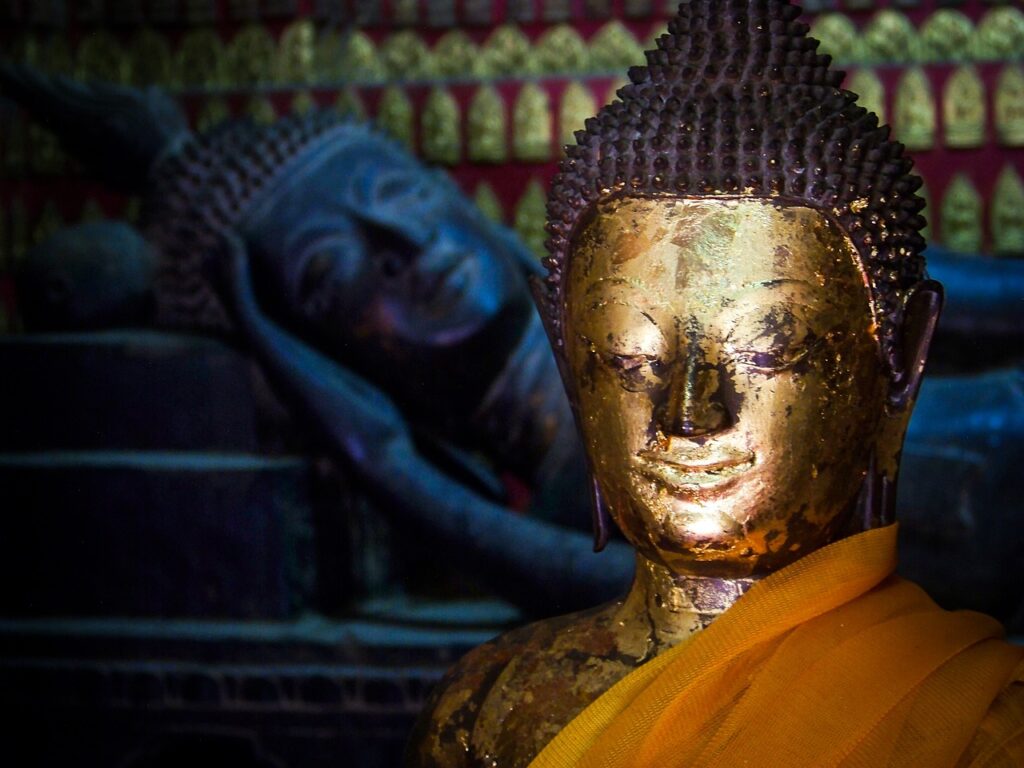
Throughout the country, many other temples and sacred sites reflect the spirituality, architecture, and history of the nation. Their splendor and diversity are truly extraordinary!
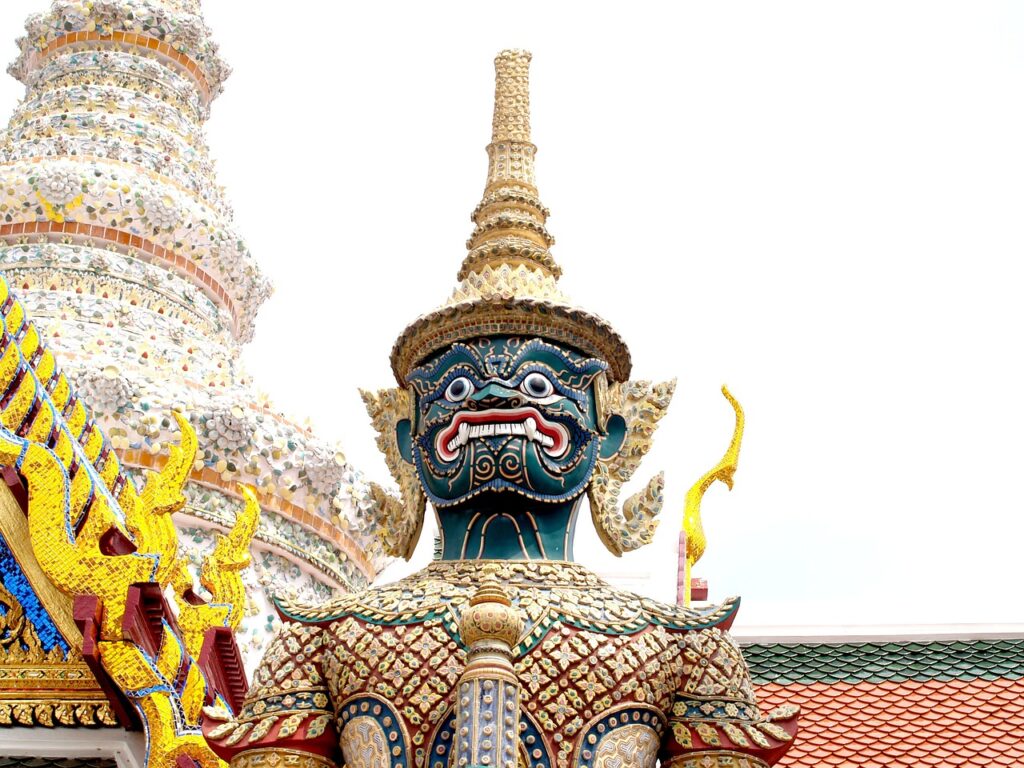
Traditional Festivals
Thailand is rich in traditional festivities. One of the most iconic is Songkran, the Thai New Year celebrated in April. During this period, people engage in water fights and visit temples for purification rituals.
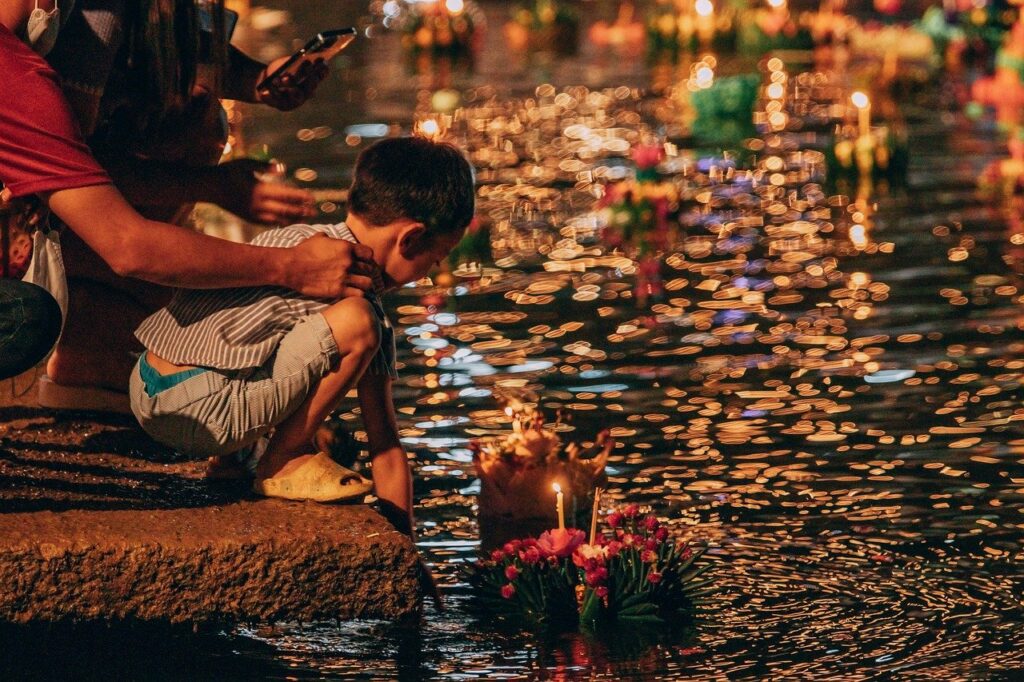
Phi Ta Khon, also known as the Ghost Festival, is unique to the Dan Sai region. It features dances, colorful masks, and festivities to honor spirits and attract prosperity.
The Royal Barge Procession in Bangkok showcases splendid, elaborately decorated barges in an impressive procession that honors the royal family.
Phuket’s Vegetarian Festival is a period where participants abstain from meat and perform religious rituals to purify the mind and body.
The Surin Elephant Festival highlights the relationship between elephants and local communities through shows, parades, and cultural activities.
These traditional Thai festivals are just a few examples, reflecting the country’s cultural diversity.
Transportation
Options Thailand offers a wide variety of transportation options for travelers. Tuk-tuks, small three-wheeled motorized vehicles, are popular for short city trips. Taxis, both traditional and app-based, are widely available in urban areas.
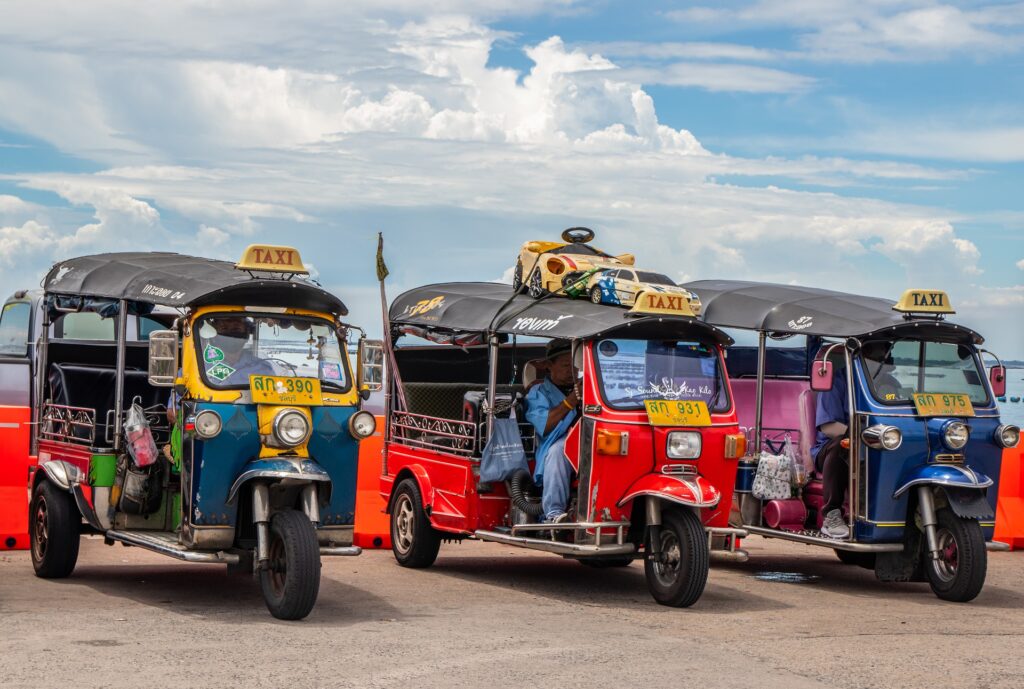
The public transportation network includes local and intercity buses, providing an economical option for traveling between cities and provinces. Motorcycle taxis are common for quick and affordable travel in congested areas.
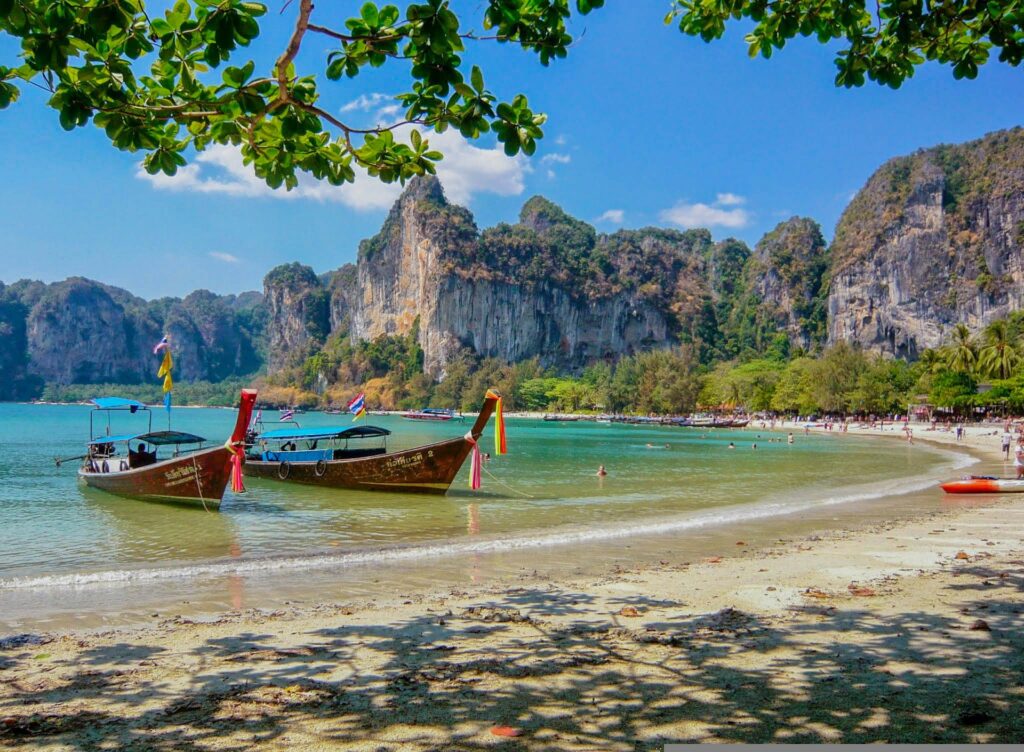
Trains connect numerous regions of the country, offering more comfortable and scenic travel options, notably the famous “Death Railway” connecting Bangkok to the Kanchanaburi region. Boats and ferries are used for navigating along rivers and visiting the islands.
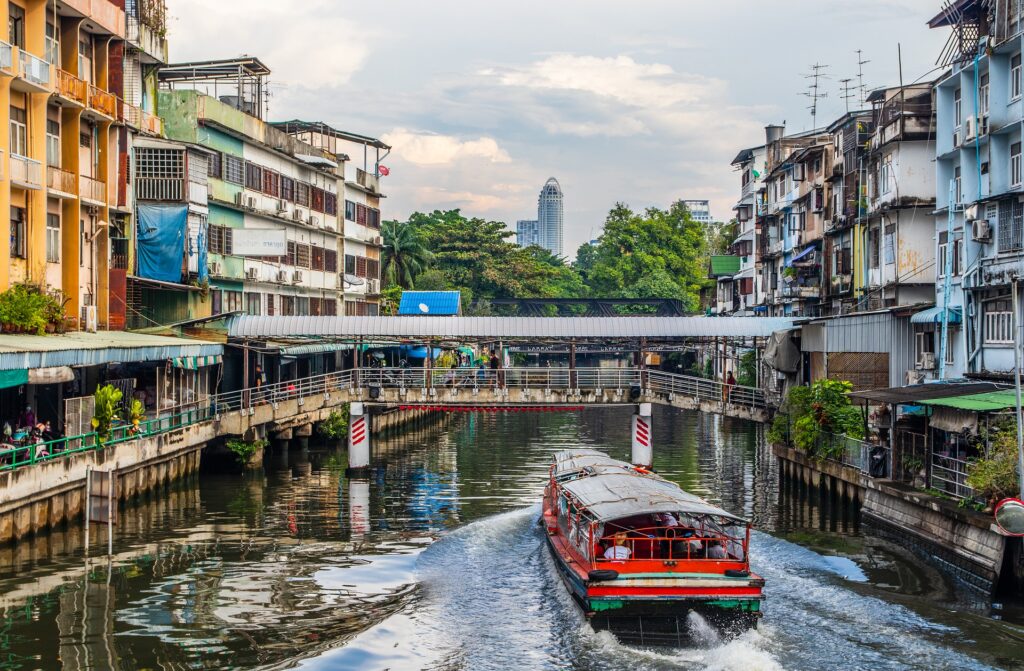
Additionally, modern options like air-conditioned buses and minivans are popular for longer trips between cities. Domestic flights are also a convenient option for covering vast distances quickly.
Food
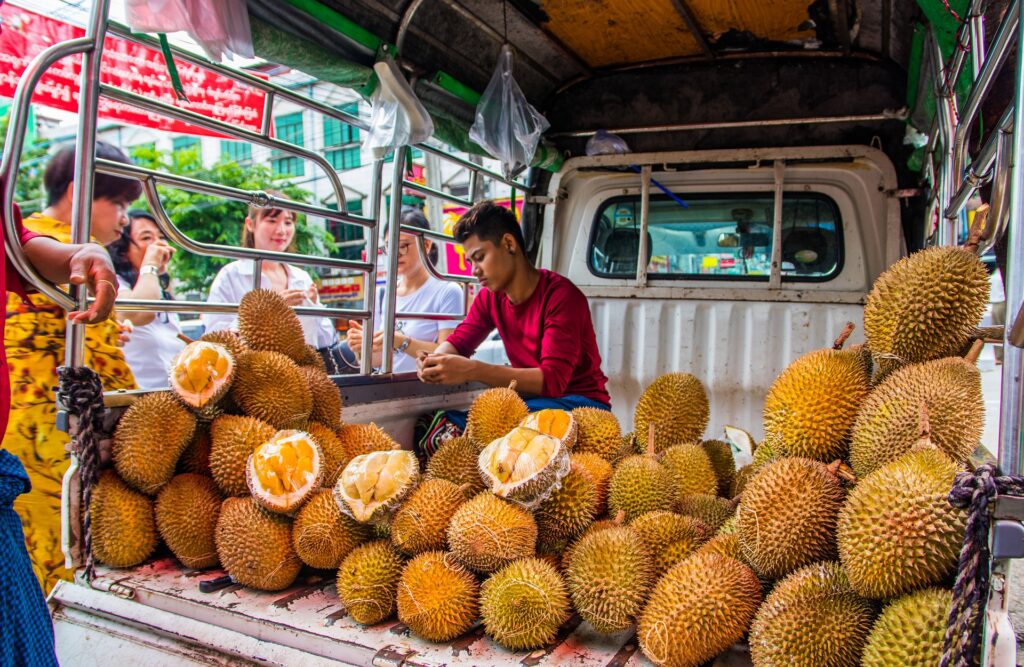
Food is also at the heart of Thai culture. Thai cuisine is renowned for its unique blend of flavors, spices, and fresh ingredients. Thai dishes often strike a balance between the five fundamental tastes: sweet, salty, spicy, bitter, and sour. Food markets, street stalls, and restaurants are popular places to savor local cuisine.
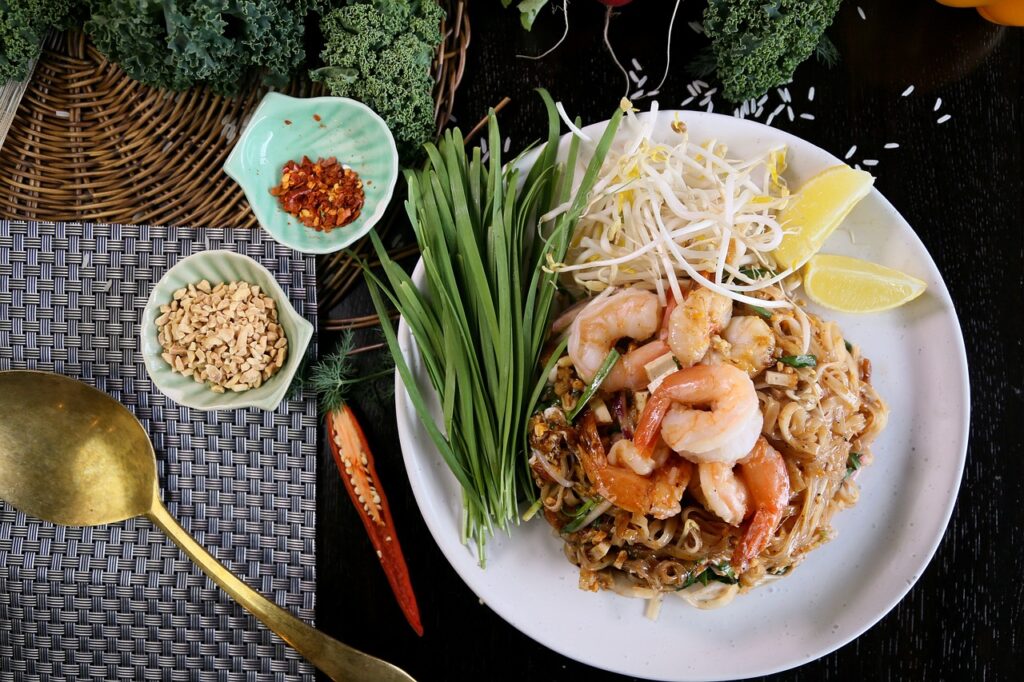
Thai families often spend a lot of time preparing meals to celebrate special occasions and share them with their loved ones.
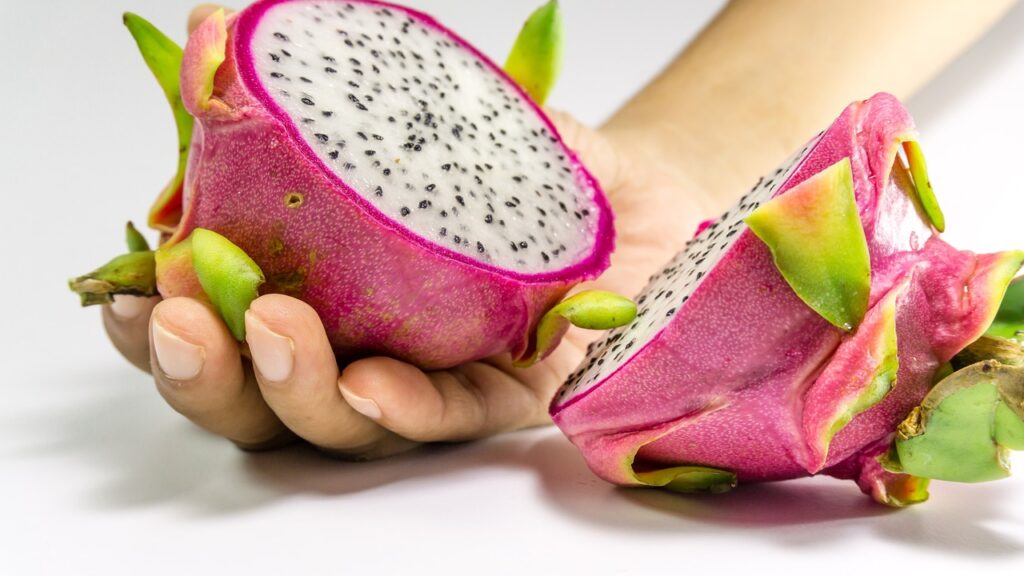
Traditional Arts
Traditional Thai arts include classical dance, music, khon (classical masked dance), and Nuad Boran (traditional massage). Sepak takraw (kick volleyball) and Muay Thai (Thai boxing) are also significant cultural expressions.
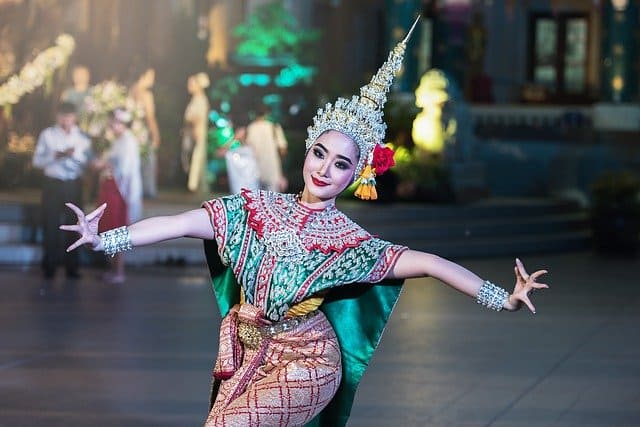
Muay Thai is a traditional Thai martial art. Muay Thai fighters are renowned for their courage, endurance, and technique. They use punches, elbow strikes, knee strikes, and kicks for both defensive and offensive purposes, both in the sport and real-life situations.
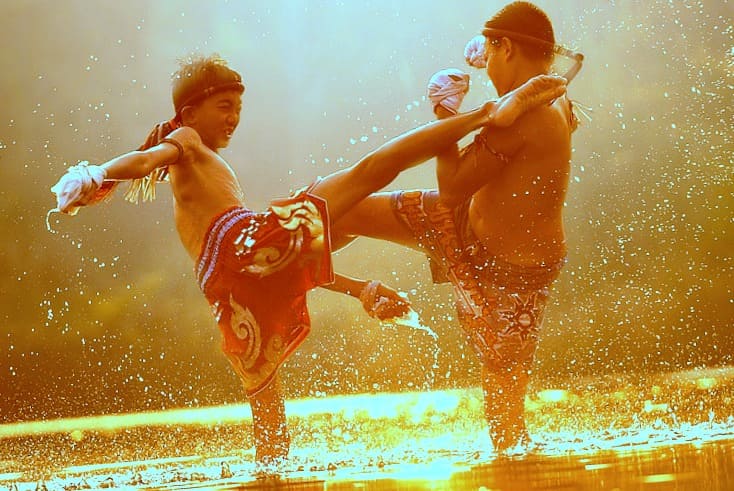
Sepak takraw is a traditional Southeast Asian ball sport popular in Thailand. Players use only their feet, knees, heads, and chests to touch the ball and pass it over the net. Touches need to be executed swiftly and agilely to keep the game in motion. Professional players are stars in the country, and the sport is also enjoyed as a recreational activity.
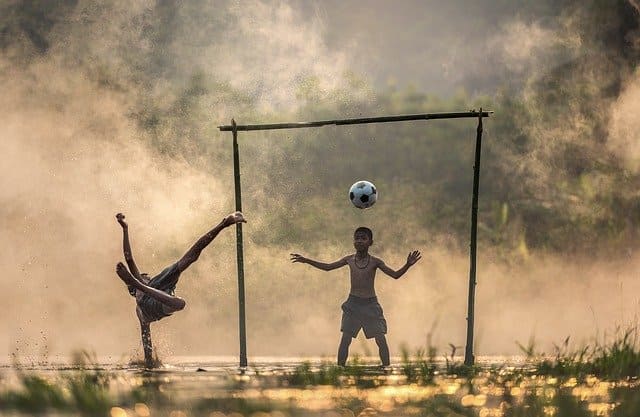
Thai Traditional Crafts
Thai traditional craftsmanship, rich and diverse, dates back several centuries and is known worldwide for its high-quality and beautifully crafted products. Thai artisans specialize in various crafts, from pottery and weaving to jewelry making and sculpture. The vibrant colors, elaborate patterns, and diversity of offered items reflect the creativity and skills of local artisans.
Handwoven Silk: Produced for centuries to create clothing, bags, bedspreads, and other fashion items, Thai silk is renowned for its softness, high quality, and intricate patterns. Silk fabrics are also hand-dyed.
Wood, Bronze, and Other Material Sculptures: Thai artisans are esteemed for their skills in sculpting and carving. They create sculptures of Buddha, deities, animals, and other ornamental motifs.
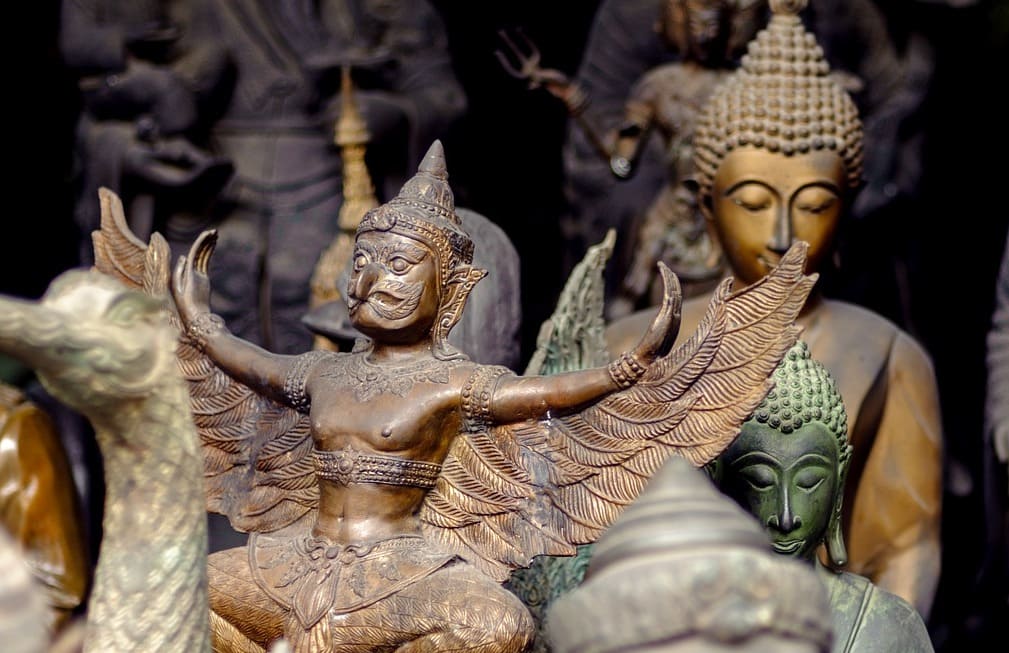
Ceramics and Pottery: Bowls, vases, plates, and figurines are crafted using traditional pottery and ceramic techniques.
Hand-Painted Umbrellas: Thai umbrellas, made from mulberry paper and bamboo, are hand-painted with floral patterns, traditional scenes, and elaborate designs.
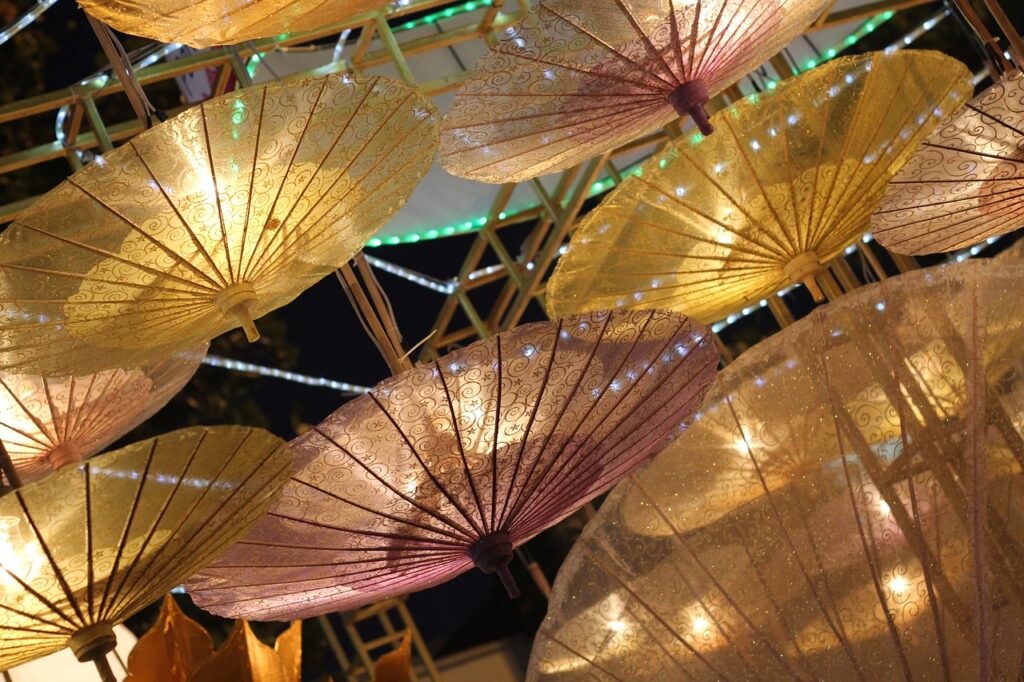
In Thai culture, umbrellas are considered symbols of auspiciousness, protection, and good luck. They are often given as gifts during special occasions.
Jewelry: Silver, along with other materials, is used to craft intricate jewelry and ornaments, sometimes adorned with precious or semi-precious stones.
Thai Puppets: Traditional Thai puppets are crafted from carved wood and hand-painted. Traditional puppet shows often narrate epic and mythological stories.
Traditional Masks: Thai masks, frequently used in ceremonies and festivals or as decorative items, are made from natural materials such as wood, papier-mâché, and palm leaves.
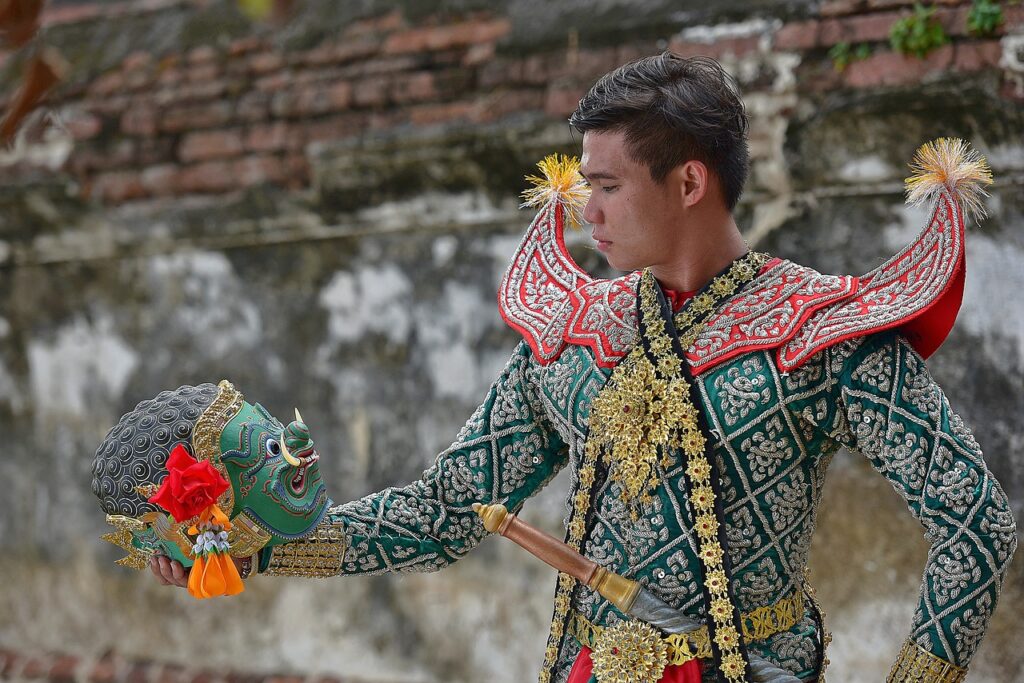
Woven Baskets: Handwoven baskets made from wicker and rattan are used for transporting goods and local produce. They are also frequently employed as decorative items.
Lacquerware Painting: Lacquerware craftsmanship involves applying layers of colored lacquer to wooden objects, creating intricate patterns and designs.
Wooden Massage Accessories: Designed for use in traditional Thai massage techniques or self-massage to help alleviate muscle tension and promote relaxation. These accessories include tools like reflexology sticks, reflexology boards, self-massage rods for the back, and more.
Cushions and Mattresses: Crafted using traditional artisanal techniques such as weaving, hand-stitching, and padding, Thai cushions and mattresses are often versatile and highly decorative.
Comfortable Clothing: “Made in Thailand” clothes includes Thai pants and Thai skirts, often made from soft cotton and natural fabrics, lightweight, breathable, and ideal for warm climates. They can be worn casually or formally, often adorned with embroideries or decorative details.
Traditional Clothing : Traditional Thai clothing reflects the history, culture, and societal influences of Thailand through the ages:
Women:
Chut Thai is worn during special occasions like religious ceremonies, weddings, and other significant events. Sabai is a silk stole worn over Chut Thai or other traditional clothing. Chakkri is often worn by women from royalty or high-ranking status.
Men:
Chang Kben is a traditional outfit consisting of a fabric belt wrapped around the waist and a matching shirt. Aksra is formal wear for men during special occasions. Chatai is worn notably by farmers for outdoor work, comprising loose trousers (suea pat) and a short-sleeved shirt.
These examples represent only a small fraction of the extensive range of Thai craftsmanship, which plays a crucial role in the country’s culture by preserving ancient traditions and crafting beautiful and functional objects.
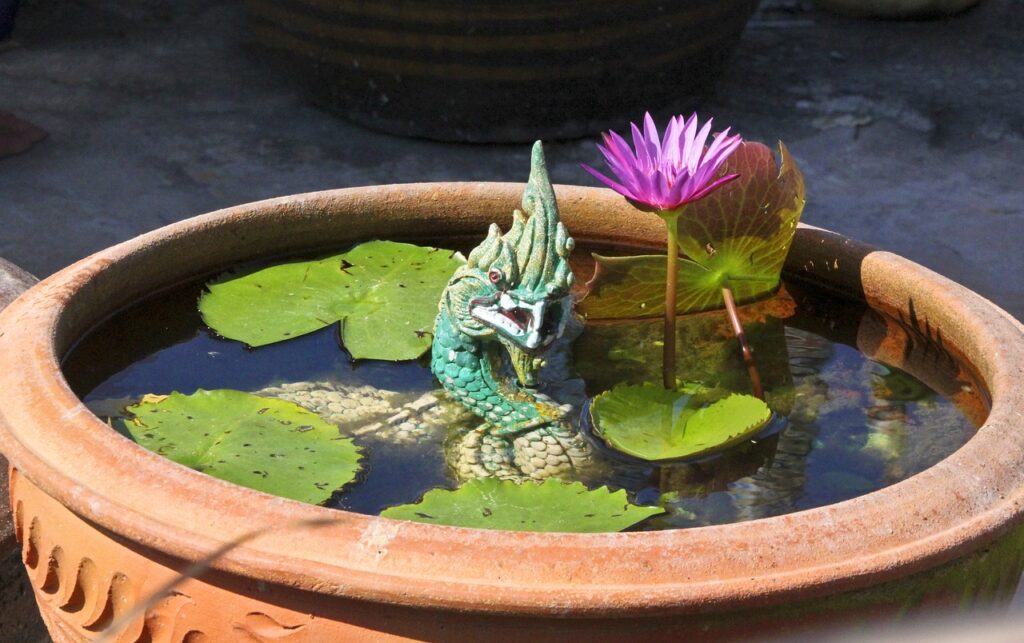
In summary, Thailand is a nation deeply rooted in Buddhist culture, rich artisanal tradition, spirituality, and annual festivals. Thai culture is steeped in ancient history, religious traditions, regional influences, and a strong national identity.
